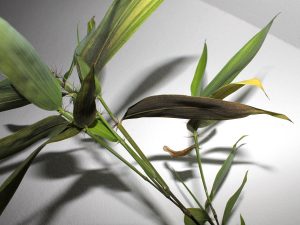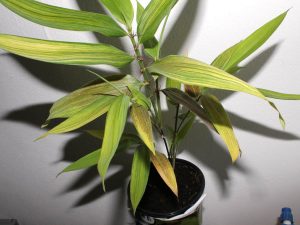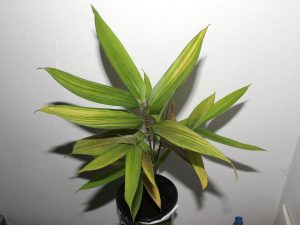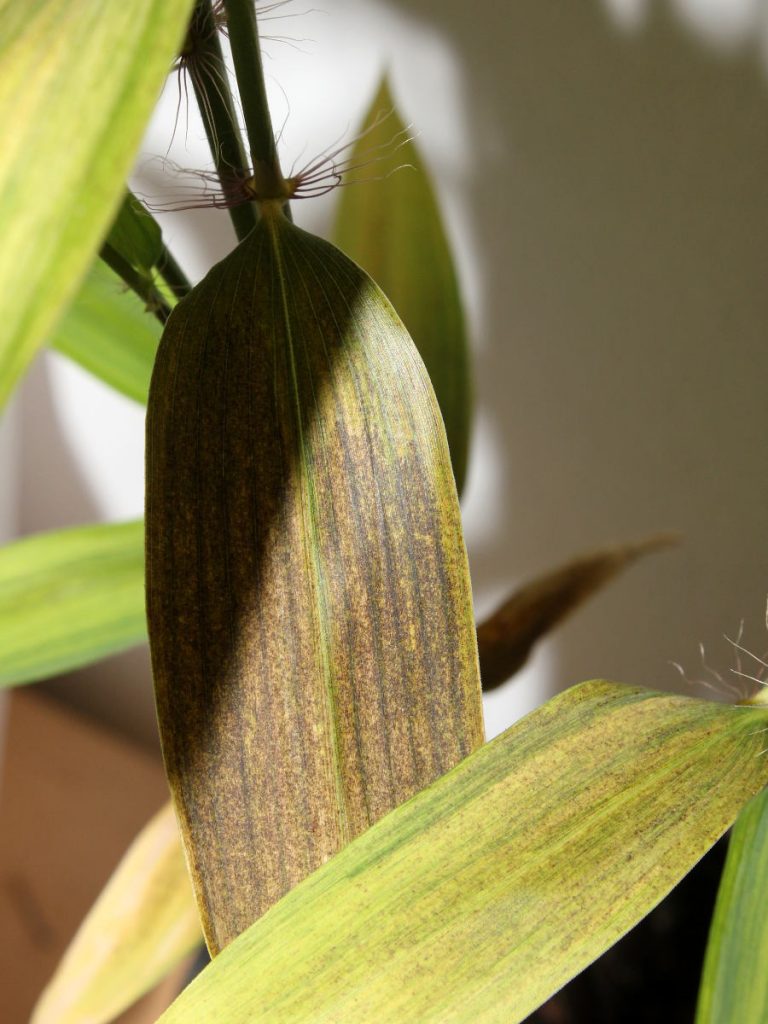Using Aspirin on Plants
Salicylic acid (SA)
Aspirin’s active ingredient is acetylsalicylic acid. It is chemically similar to Salicin, which naturally occurs in willow bark. When dissolved in water, acetsalicylic acid breaks into acetic and salicylic acid. Salicylic acid is a plant hormone (phytohormone) which works as a defense mechanism against pathogens and environmental issues like drought, heat and chill stress, heavy metal toxicity and similar. Plants can also make the hormone signal reach nearby plants by producing volatile methyl salicylate.
Plant hormone
Plants produce small amounts of salicylic acid when stressed. The defense mechanism allows them to fight environmental stress and pest damage. It became evident that there are also other benefits of SA growth hormone, related to growth and plant development. Usually plant response is slow and SA levels are low, which means we can speed things up by activating plant’s immune system by exposing it to Salicylic acid. Possible reason of high concentrations of salicylic acid in willow is the fact that it usually grows in water logged conditions. SA hormone allows it to keep the stomates opened which allows transpiration.
Diluted salicylic acid is helpful when germinating seeds as it speeds up germination and boosts their resistance to pests and infections. Pretreating seeds with SA also improves germination rate.
How to use Aspirin?
As mentioned above, acetylsalicylic acid breaks down in water, making salicylic acid available to the plant. Usually it is applied as foliar spray. I use one Aspirin tablet dissolved in 4 liters of water. Some use stronger concentrations, but I’m trying to keep it safe, rather than burning my plants. I usually leave the water with dissolved aspirin sit for a day, so it can hydrolysate completely. Positive effects should be visible a week or two after application.



